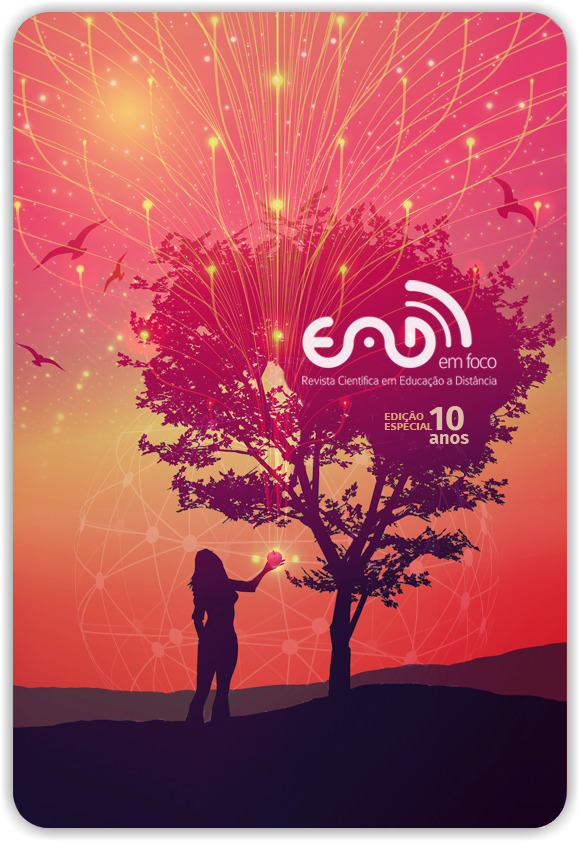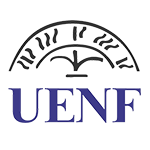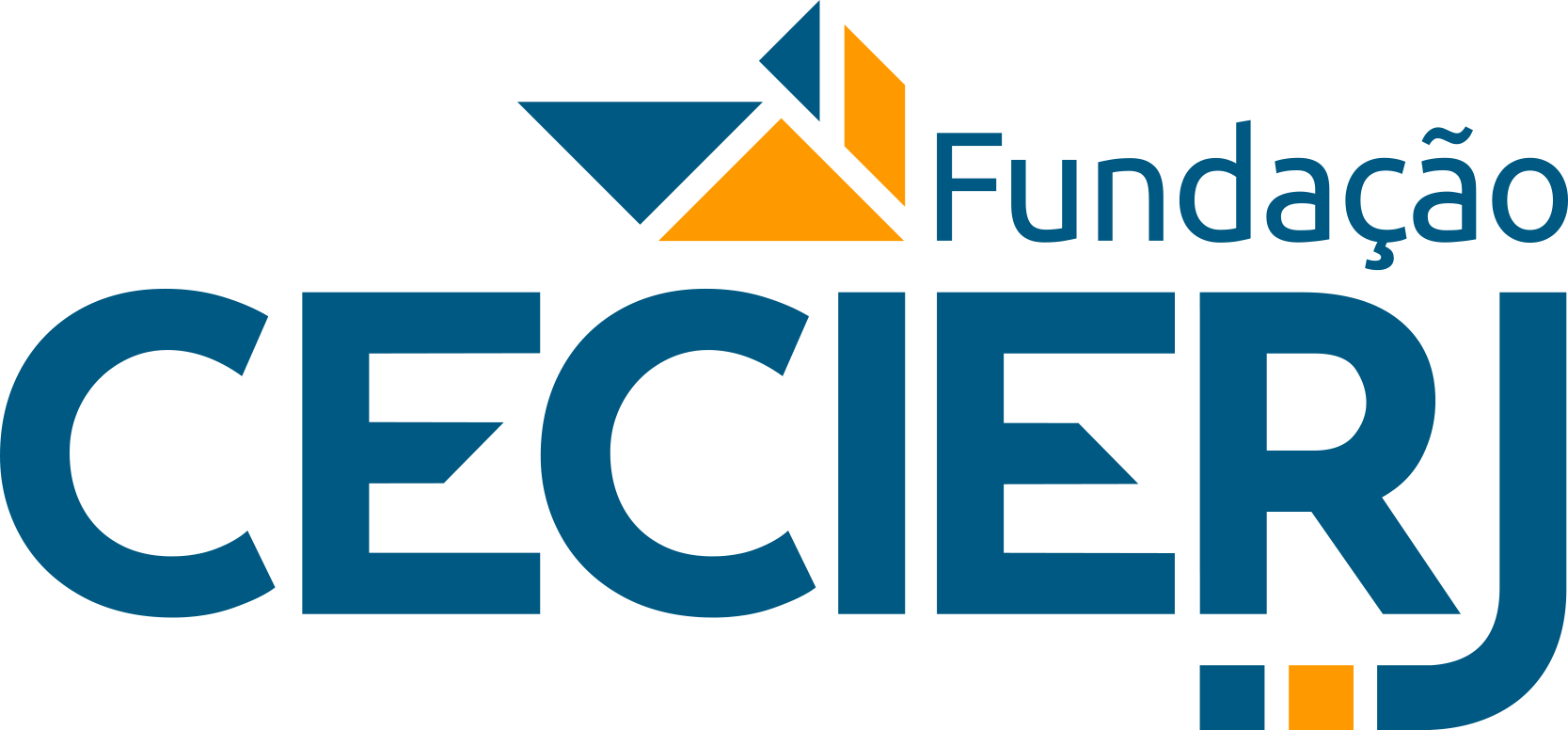A Syllabi Analysis of Social Media for Teaching and Learning Courses
DOI:
https://doi.org/10.18264/eadf.v10i2.1221Abstract
The purpose of this syllabus analysis was to explore the structure of courses focused on social media and geared toward education professionals. Fourteen-course syllabi from institutions located within the United States (U.S.) were analyzed as part of this investigation. The results of the analysis revealed a total of 46 unique topic themes across the different courses. The findings show that the most common course objectives aimed to encourage the application and practice of social media as part of a learning experience and the learners' professional practice. In total, the syllabi listed 67 unique required readings including non-peer-reviewed publications, peer-reviewed journal articles, and textbooks. Last, the analysis of the assignments listed in the syllabi shows that in these social media courses, there was a mix of traditional and non-traditional assessment methods. These non-traditional assessment methods focused on integrating social media as part of the assessment in which learners were required to create a social media account, become familiar with it, and create learning experiences incorporating a specific social media platform.
Keywords: Teaching and learning. Social media in higher education. Curriculum Analysis.
Downloads
References
ALLEN, K.; NELSON, D. (2013). A case study on integrating social media in an online graduate youth development course. Journal of Online Learning & Teaching, 9(4), 566-574.
ALZOUEBI, K.; ISAKOVIC, A. A. (2014). Exploring the learner perspective of social media in higher education in the United Arab Emirates. Global Education Journal, 2014(2), 13-31.
ATKINS, B.; KOROLUK, J.; STRANCH, M. (2017). Canadian Teaching and Learning Centres on Facebook and Twitter: An Exploration Through Social Media. TechTrends, 61(3), 253-262. doi:10.1007/s11528-016-0144-2
BECKER, R., & BISHOP, P. (2016). "Think bigger about science": Using Twitter for learning in the middle grades. Middle School Journal, 47(3), 4-16. doi:10.1080/00940771.2016.1135097
BENSON, V.; & MORGAN, S. (2013). Social Higher Education: How Effective is it? Proceedings of the International Conference on e-Learning, (pp. 45-51).
BERS, T.; DAVIS, B.; TAYLOR, B. (2000). The use of syllabi in assessments: Unobtrusive indicators and tools for faculty development. Assessment Update, 12(3), 4-7.
BISTA, K. (2015). Is Twitter an effective pedagogical tool in higher education? Perspectives of education graduate students. Journal of the Scholarship of Teaching & Learning, 15(2), 83-102. doi:10.14434/josotl.v15i2.12825
BROCATO, E. D. et al. (2015). Social Media and Marketing Education: A Review of Current Practices in Curriculum Development. Journal of Marketing Education, 37(2), 76-87. doi:10.1177/0273475315588110
BROOKFIELD, S. D. (2015). Teaching Students to Think Critically About Social Media. New Directions for Teaching and Learning, 2015(144), 47-56. doi:10.1002/tl.20162
CAÑADAS, M. C.; GÓMEZ, P.; RICO, L. (2013). STRUCTURE OF PRIMARY MATHEMATICS TEACHER EDUCATION PROGRAMS IN SPAIN. International Journal of Science and Mathematics Education, 11(4), 879-894. doi:10.1007/s10763-013-9422-z
DABBAGH, N.; KITSANTAS, A. (2012). Personal Learning Environments, social media, and self-regulated learning: A natural formula for connecting formal and informal learning. The Internet and Higher Education, 15(1), 3-8. doi: http://dx.doi.org/10.1016/j.iheduc.2011.06.002
DI VALL, M. V.; KIRWIN, J. L. (2012). Using Facebook to facilitate course-related discussion between students and faculty members. American Journal of Pharmaceutical Education, 76(2), 32. doi:10.5688/ajpe76232.
EVANS, C. (2014). Twitter for teaching: Can social media be used to enhance the process of learning? British Journal of Educational Technology, 45(5), 902–915. doi:10.1111/bjet.12099.
FAULDS, D. J., MANGOLD, W. G. (2014). Developing a Social Media and Marketing Course. Marketing Education Review, 24(2), 127-144. doi:10.2753/MER1052-8008240204
GOMES, A. W. et al (2017). The Development and Impact of a Social Media and Professionalism Course for Medical Students. Teaching and Learning in Medicine, 29(3), 296-303. doi:10.1080/10401334.2016.1275971
GREENHALGH, S. P.; KOEHLER, M. J. (2017). 28 Days Later: Twitter Hashtags as "Just in Time" Teacher Professional Development. TechTrends, 61(3), 273-281. doi:10.1007/s11528-016-0142-4
GREENHALGH, S. P. et al. (2018). Tweet, and We Shall Find: Using Digital Methods to Locate Participants in Educational Hashtags. TechTrends, 62(5), 501-508. doi:10.1007/s11528-018-0313-6
GUIDRY, K. R.; PASQUINI, L. A. (2013). Twitter chat as a non-formal learning tool: A case study using #sachat. In H. H. Yang & S. Wang (Eds.), Cases on formal and Informal e-Learning environments: Opportunities and practices. IGI Global. doi:10.4018/978-1-4666-1930-2.ch019
HEMSLEY, J. et al. (2018). Social Media for Social Good or Evil: An Introduction. Social Media + Society, 4(3), 2056305118786719. doi:10.1177/2056305118786719
JI-YEON, C.; WOOYEON. K.; HEEWON, L. (2013). Identification of Essential English Productive Skills for English-medium Instruction Courses: A Syllabus Analysis. English Teaching, 68(3), 159-186. doi:10.15858/engtea.68.3.201309.159
KIMMONS, R.; VELETSIANOS, G. (2016). Education scholars' evolving uses of Twitter as a conference backchannel and social commentary platform. British Journal of Educational Technology, 47(3), 445-464. doi:10.1111/bjet.12428
KRUTKA, D. G.; CARPENTER, J. P. (2017). DIGITAL CITIZENSHIP in the Curriculum: Educators can support strong visions of citizenship by teaching with and about social media. Educational Leadership, 75(3), 50-55.
LIN, M. F.; HOFFMAN, E.; BORENGASSER, C. (2013). Is social media too social for class? A case study of twitter use. TechTrends: Linking Research & Practice to Improve Learning, 57(2), 39-45. doi:10.1007/s11528-013-0644-2
LUO, T.; SICKEL, J.; CHEMG, L. (2017). Preservice Teachers"™ Participation and Perceptions of Twitter Live Chats as Personal Learning Networks. TechTrends, 61(3), 226-235. doi:10.1007/s11528-016-0137-1
MANCA, S.; RANIERI, M. (2017). Implications of social network sites for teaching and learning. Where we are and where we want to go. Education and Information Technologies, 22(2), 605-622. doi:10.1007/s10639-015-9429-x
MANCA, S.; RANIERI, M.(2016). Facebook and the others. Potentials and obstacles of Social Media for teaching in higher education. Computers & Education, 95, 216-230.
MYERS, L. H. et al (2015). Building a Community of Scholars: One Cohort's Experience in an Online and Distance Education Doctor of Philosophy Program. Journal of Nursing Education, 54(11), 650-654. doi:10.3928_01484834-20151016-07
PHAM, A. V. (2014). Navigating social networking and social media in school psychology: Ethical and professional considerations in training programs. Psychology in the Schools, 51(7), 767-778. doi:10.1002/pits.21774
ROMERO-HALL, E.J. (2017). Posting, Sharing, Networking, and Connecting: Use of Social Media Content by Graduate Students. TechTrends, 61 (6), pp. 580-588
RICAURTE, P. (2016). Pedagogies for the open knowledge society. International Journal of Educational Technology in Higher Education, 13(1), 1-10.
SPALLEK, H.; et al (2015). Social Media in the Dental School Environment, Part B: Curricular Considerations. Journal of Dental Education, 79(10), 1153.
STANNY, C.; GONZALEZ, M.; McGOWAN, B. (2015). Assessing the culture of teaching and learning through a syllabus review. Assessment & Evaluation in Higher Education, 40(7), 898-913. doi:10.1080/02602938.2014.956684
TESS, P. A. (2013). The role of social media in higher education classes (real and virtual)–A literature review. Computers in Human Behavior, 29(5), A60-A68.
TUTEN, T.; MARKS, M. (2012). The Adoption of Social Media. As Educational Technology Among Marketing Educators. Marketing Education Review, 22(3), 201–214. doi:10.2753/MER1052-8008220301
VELETSIANOS, G.; STEWART, B. (2016). Discreet openness: scholars"™ selective and intentional self-disclosures online. Social Media + Society, 2(3), 2056305116664222. doi:https://doi.org/10.1177/2056305116664222
VILLAR, F. et al.(2017). Gerontological training programs offered by Latin American universities: Number, characteristics, and disciplinary contents. Educational Gerontology, 43(5), 238-247. doi:10.1080/07481187.2017.1281032
XI, Z. et al. (2016). Coordinated implicitly? An empirical study on the role of social media in collaborative learning. International Review of Research in Open & Distance Learning, 17(6), 121-144.
Published
How to Cite
Issue
Section
License
All articles published in Revista EaD em Foco receive the license
Creative Commons - Atribuição 4.0 Internacional (CC BY 4.0).
All subsequent publications, complete or partial, must be made with the acknowledgment, in citations, of the Revista EaD em Foco as the original editor of the article.













